Nuances of planting roses in autumn
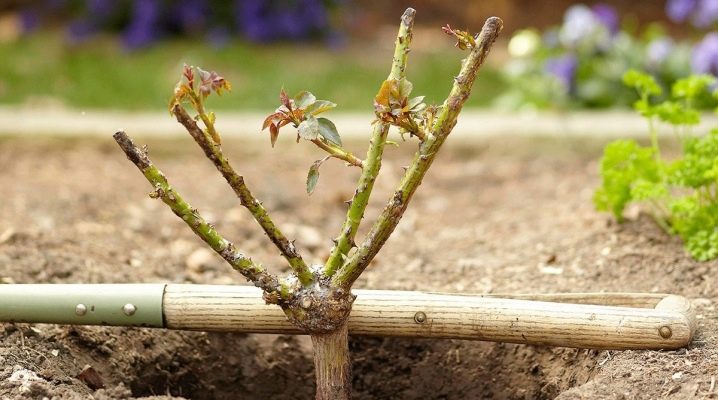
Planting roses in the fall is a tricky business, especially for novice florists. However, seasoned gardeners say there are benefits to this. Consider all the nuances of planting roses in the fall.
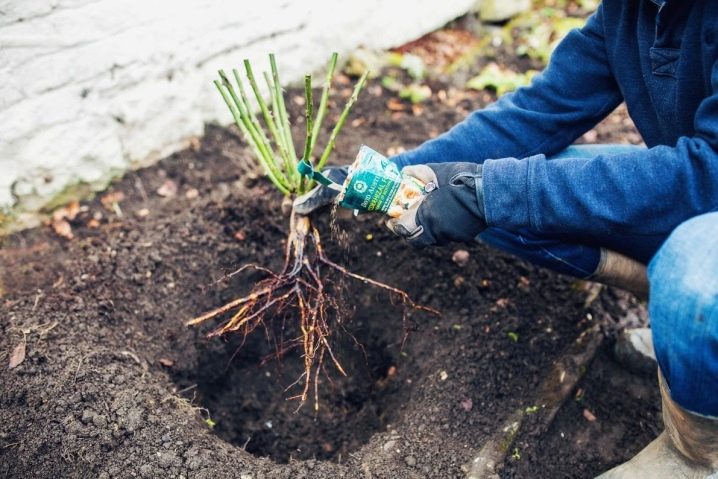
Advantages and disadvantages
Planting roses in the fall has its advantages, experts say.
- Autumn planting is good because with the onset of the warm season, such roses will overtake spring seedlings in growth and rapid flowering.
- In the spring there is a lot of work on the site, and in the fall you can find time to plant seedlings in open ground.
- In the autumn, the earth does not have time to cool down yet, it rains, and it sets in the air and soil optimal humidity. The coincidence of all these conditions contributes to the early rooting of seedlings.
- With the onset of autumn, buyers are offered wide range of planting material, and in the spring the choice is not so great.
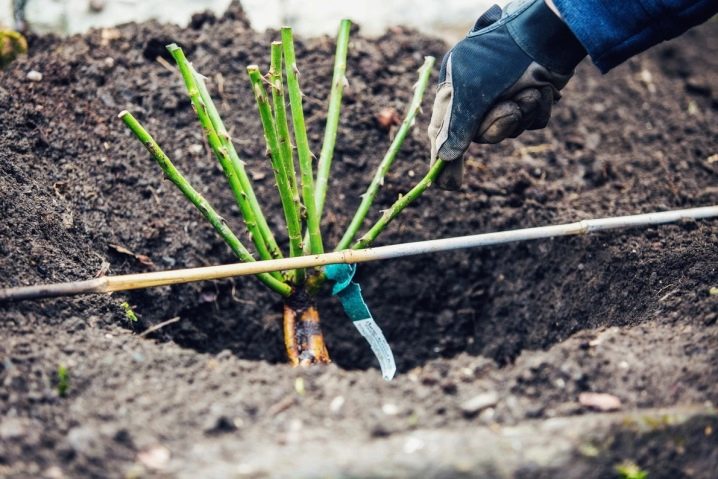
Along with the advantages, there are always disadvantages. Let's consider them.
- During this period, for young bushes, the issue of shelter is acute. Here it is necessary to find the "golden mean". If the shelter is insufficient, then the young bushes may freeze, and if you put too thick a layer, then an excess of moisture will form inside and the beautiful plants will be struck by the fungus.
- Choosing a landing date is problematic: if planted earlier, then young plants can give greenery, and if you are a little late with planting, then there is a risk of frost damage to the bushes.
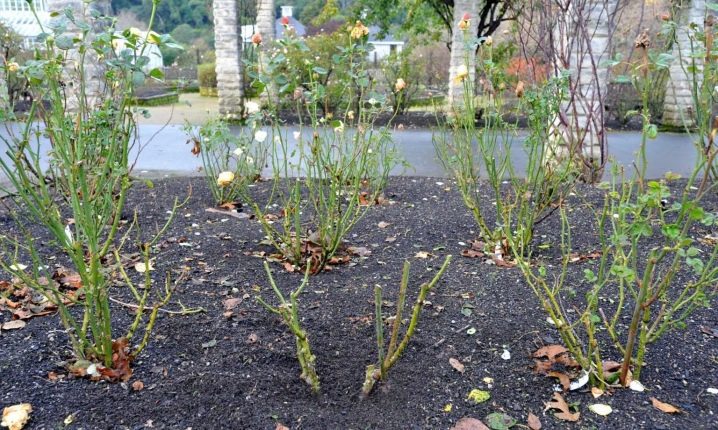
Important: if you plan to plant such a capricious culture in the autumn, then you need to track the weather forecast.
In any case, everything depends on the following components:
- the selected variety;
- the condition of the bush during planting;
- weather;
- climatic conditions.
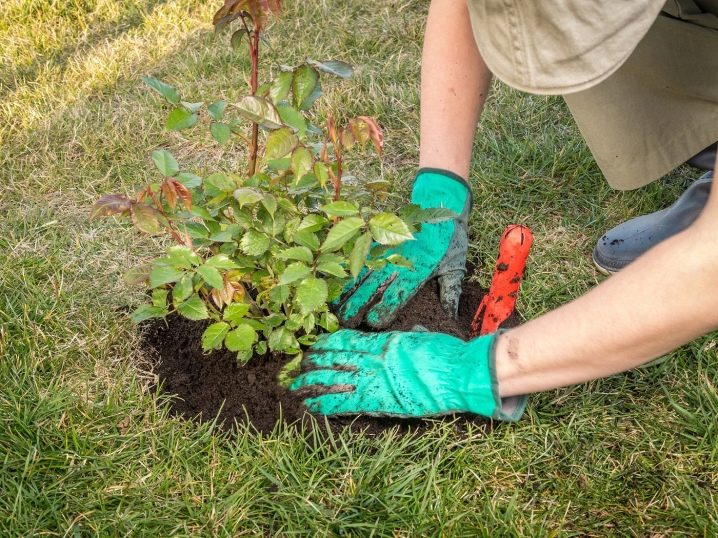
The necessary conditions
In order for the seedlings to take root, take root, and with the arrival of spring they turn green and delight in color, a combination of certain conditions is necessary. Among them are the planting time, the correct choice of seedlings, soil preparation, adherence to planting technology, further care before the arrival of winter. We will discuss this below.

Timing
It is best to start planting in September and finish in October. It all depends on the varieties and weather conditions outside. The ideal temperature regime, when you can plant bushes, is 10-15 degrees during the day. At night, the temperature should not drop below +5 degrees.
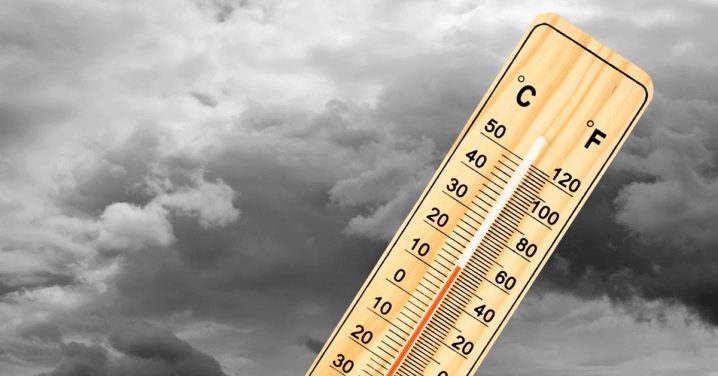
Taking into account the region
Climatic conditions in each region of Russia are different, therefore, the landing dates will also change. Planting work is carried out at the following time.
- In outskirts of Moscow roses are planted from early September until the end of the month.
- In Siberia, in the Urals work begins in late August and continues until mid-September. It should be borne in mind that the autumn planting in these regions is best done when absolutely necessary. The main work in these regions is carried out mainly in the spring.
- Center of Russia - from the beginning to the end of September.
- For southern regions landing time is allocated from mid to late October.
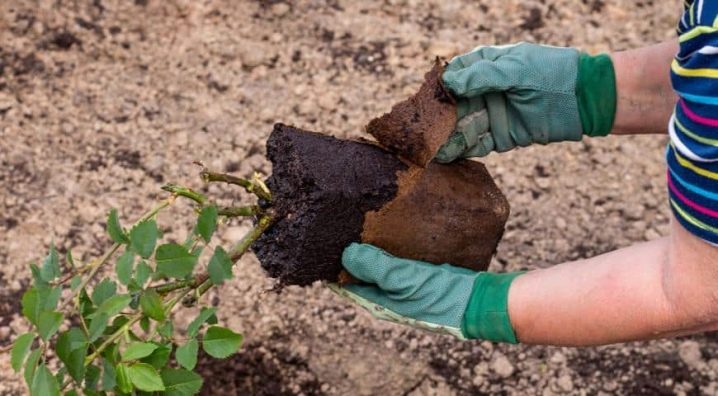
It goes without saying that one should always be guided by the weather conditions. Early autumn or the sudden arrival of a cold cyclone suggests that planting work is best postponed to spring.
Lunar calendar
Most gardeners associate all floriculture work with the dates of the lunar calendar. Rooting of flower crops is carried out during the waning or rising of the moon. In the fall of 2021, the most suitable dates for such work are:
- in September - 2, 3, 5, 7, 9;
- in October - 1, 4, 5, 11, 30.
Unfavorable days:
- in September - 1, 17, 27, 28;
- in October - 2, 16, 24, 25, 26, 31.
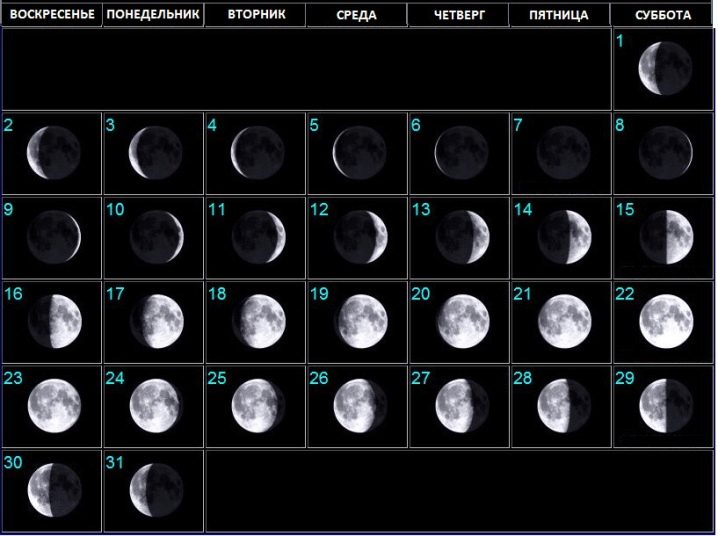
It is not recommended to plant on new moon, full moon. The reason is that all vegetation is resting at this time, only watering is allowed.

Preparation
Before planting, it is necessary to prepare the soil and planting material.
A place
Florists recommend preparing a site for planting work in advance. First of all, you need to correctly determine the area for rose bushes, because this will be their permanent place of growth. The area for the rose garden should be lit, free from drafts. Especially tall varieties need this. They are very capricious to winds, light frosts and drafts.
Choose a landing site carefully. After all, if the rose is in a shaded corner, then poor immunity, diseases and an invasion of pests await it. It will bloom slightly, but it will grow rapidly. If you plant it under the scorching rays of the sun, then it will dry out the soil, short flowering and burns on the foliage.
It is best to plant away from fences and any structures.... Roses do not like shade, so it is not recommended to plant young bushes directly under the trees. We do not recommend placing them where groundwater lies nearby: the bushes quickly begin to rot the root system. If the site is unfavorable in this sense (there is often dampness, and in some places water), then it is best to raise the rose garden like an alpine slide.
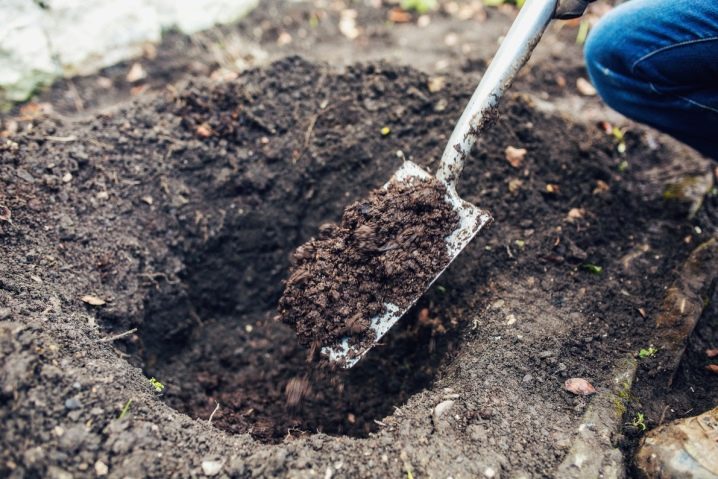
Do not plant rose bushes next to cherries, apricots, or hawthorns. They have the same diseases, pests.
Planting material
It is recommended to approach the choice of planting material responsibly. Before planting seedlings, pay attention to the following nuances.
- Stems and leaves color: a good plant has a glossy shade of leaves and stem, the bush has healthy and sharp thorns.
- Root system should be distinguished by a uniform color, the absence of areas with spots, growths, rotten parts.
- When buying, do not take planting material with thick stems. A stem of more than one centimeter indicates a middle-aged rose. Seedlings that are about two years old take root best.
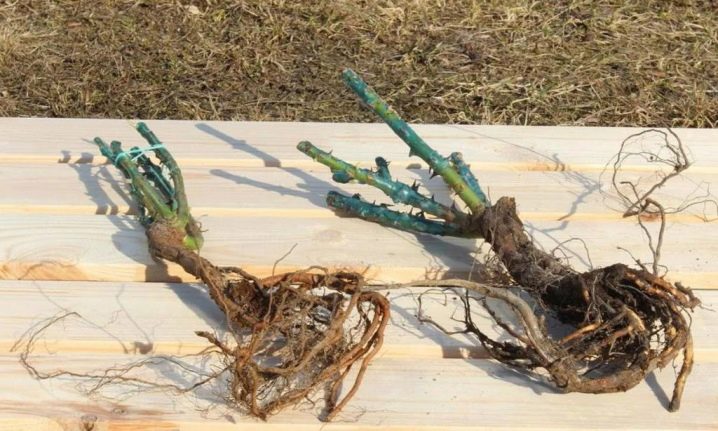
Bushes also need to be processed:
- first soak the root system of the bush in water for a day;
- remove all greens, cut off shoots up to 30 centimeters;
- clean the roots from visible damage, rot, growths;
- spray the roots with a solution of ferrous sulfate 3%, then lower them into a mixture of clay and manure.
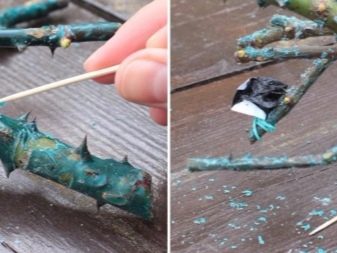
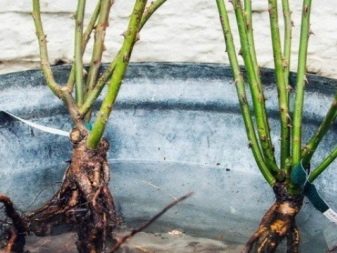
With a closed root system, it is not necessary to process seedlings. You can only water a bush with an earthen lump before planting.
To avoid problems before excavation, the bushes must be properly stored. In case of premature purchase, it is recommended to wrap the roses at home in wet paper, send them into a plastic bag with holes, and then place them in the compartment of the refrigerator for vegetables. The storage temperature can range from 0 to -3 degrees.
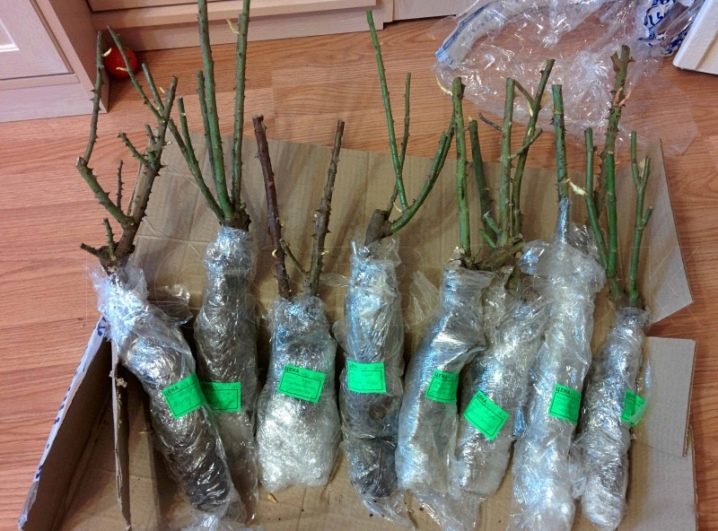
If the bushes seem powerful, then they must be carefully laid out in a bucket, covered with a slightly moistened sand mixture, and lowered into the cellar. Many gardeners are interested in the question of what to do if a seedling blooms. Such a pot is necessary and can be left at home for up to three weeks. It is during these periods that the flower culture will fade and receive nutrition from the soil. After flowering is complete, it can be planted.

Planting and all subsequent work on the care of the bushes differ depending on the varietal affiliation. Let's consider the main characteristics.
- Park varieties - the most unpretentious option for planting. If they are planted in the autumn, then with their flowering they will delight the owners from the end of spring.
- Climbing varieties planted both in spring and autumn.Before starting planting, it is necessary to cut the whips and the root system to 35 centimeters. The flower culture is sent to the hole with a slight slope towards the support, and the roots should be spread in the opposite direction. Need shelter.
- Everything ground cover varieties it is better to plant in the autumn, then they will delight with their flowering all summer. They need abundant watering.
- Hybrid tea flowers they are planted unambiguously in the spring, because they love heat, they cannot stand even light frosts.
- Floribunda roses and tea varieties planted mainly in spring and with obligatory support.
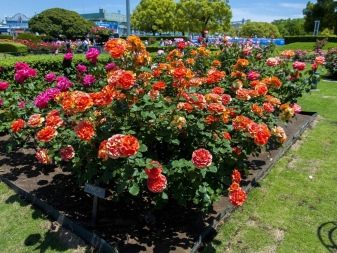
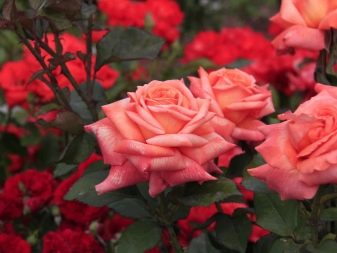

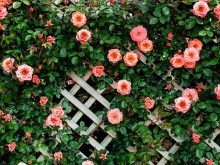
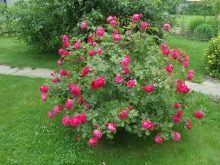
Soil and holes
The composition of the soil for roses matters. The soil should be fertile, oxygenated, and have a neutral pH. A month before planting, it is recommended to dig up the area to the depth of the bayonet.
In this case, it is necessary to remove all weeds and roots, stones and debris. If the soil is too acidic, then you need to add peat and sand.
It's time to prepare the holes. Pre-dig a hole 40 centimeters deep and 60 centimeters in diameter. It must be remembered that the planting hole should be twice the size of the rose root system. Therefore, the holes must be prepared at the moment when the bushes have already been purchased. In the presence of wet and heavy soil, it is recommended to provide an additional 20 centimeters of depth for filling the drainage layer.
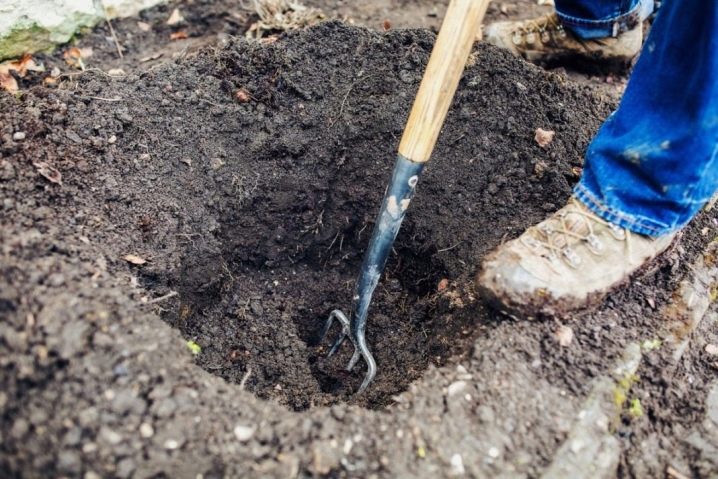
Each hole is covered with a nutritious soil mixture of peat, humus and sod in equal proportions. If there is loam in the rose garden, then you need to add a little sand. We immediately add fertilizers to the hole: wood ash, superphosphate and potassium sulfide. In clay soils, it is necessary to add drainage from expanded clay, pebbles or brick fragments.
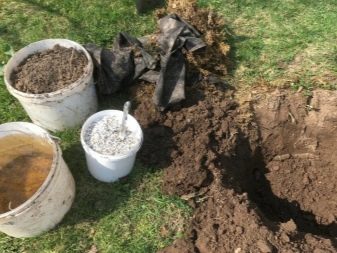
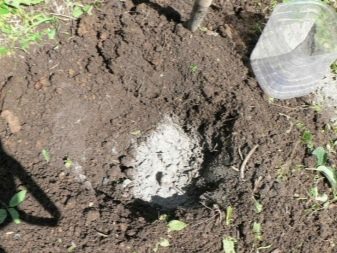
Landing technology
The algorithm for the correct planting of bushes with an open root system is as follows:
- in the prepared hole you need to plant a bush, carefully spreading the roots on the sides;
- the pits that remained on the sides are covered with a mixture of ash and substrate;
- the earthen circle next to the bush is carefully rammed, after which it is watered with two watering cans of warm water;
- we mulch the earthen circle with dry peat to a thickness of 20 centimeters.

This was the so-called dry planting method, and there is also a wet method. Its essence is as follows: after the hole is half filled with the nutrient mixture, a solution of sodium humate is sent there. All other actions are carried out similarly to the dry method.
For transplanting flowers with an open root system, it is recommended to remove all dried leaves and roots. It must be remembered that the length of healthy roots should not exceed 40 centimeters. It is also advisable to remove the kidneys. They only contribute to premature germination. The day before planting, the roots of the plant are best soaked in a weak solution of fungicides with root enhancers. With closed roots, everything is much easier. First, the plant is thoroughly watered, and then planted along with a lump of earth.

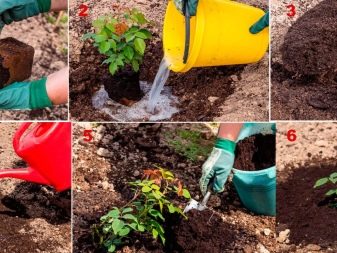
Experienced growers often root cuttings of roses themselves. This is easy to do. Let's describe all the technology below.
- In the summer, in the shade, it is necessary to dig a trench up to 15 centimeters deep... Pour sand in a thin layer at the bottom of the hole.
- At a mature bush, choose an shoot no more than 0.8 centimeters thick... Cut it off carefully. The length of the stalk should not exceed 20 centimeters. We clean it from leaves and thorns.
- We carefully strengthen the cuttings at a distance of 15 centimeters from each other in the trench. We fall asleep with soil. We compact the soil around the cuttings.
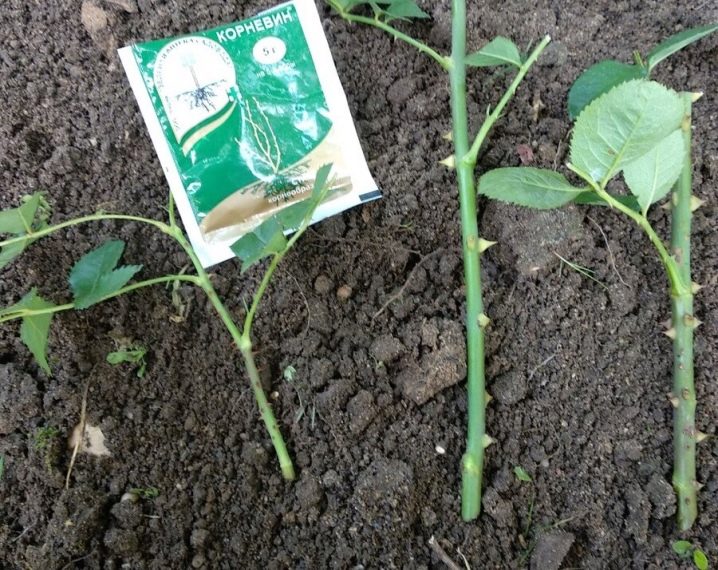
In the summer, constant watering and weeding is required. By the fall, the rooting of cuttings will take place. After that, in the winter, you can plant them as independent bushes according to all the rules.
It is planned to leave sufficient distance between the bushes for their full growth and development. For polyanthus, ground cover, hybrid tea varieties, you need to leave at least 60 centimeters, for park varieties - 80 centimeters.It is recommended to leave a whole meter for standard and climbing roses. For Floribunda roses, we leave from 30 to 60 centimeters, and 50-60 centimeters are best left for David Austin's English varieties. Miniature or curb will need 25 centimeters.
Complex care will not follow immediately after planting. There are just a few steps to take.
- As mentioned above, immediately after the completion of planting work, it is necessary to thoroughly shed the seedlings. It is not necessary to moisten the soil more, especially if frequent rains are planned in the fall.
- Before the onset of cold weather, it is recommended to insulate the trunk circle with mulch. In the Urals or Siberia, roses are insulated more thoroughly, wrapping the stem with burlap or lutrasil with twine.
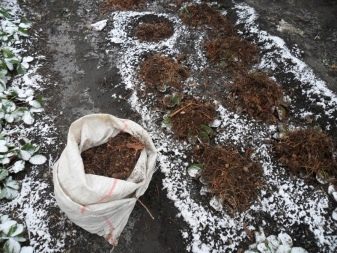
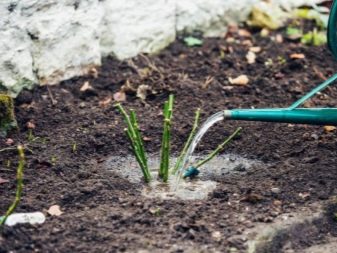
Common mistakes
It would seem that everything is so simple. But there are some fatal mistakes that beginners often make. Let's talk about them.
- It is not recommended to delay planting in the autumn.... The latest plantings are for bulbs and flowers in seeds. The adaptation of the root system takes at least two weeks. If, after disembarkation, the cold immediately came, then the bushes will die.
- Do not allow roses to be planted in almost pure peat... It is for this reason that the root system of the rose is dying. Plant them correctly in a fertile soil mixture with a high humus content. The ideal soil for a rose is drained loam. And peat is used as mulch.
- Experts say that at the time of lowering the bush into the hole, it is necessary to carefully straighten all the roots. Otherwise, the bush will grow weak, unviable.
- Incorrect planting relative to the root collar is another common mistake... Knowledgeable flower growers emphasize that the growth point should not be buried below 5 centimeters under the ground. The slow development of the flower culture is guaranteed if the root collar is too deep.
- Early planting will also not lead to anything good. The best option for carrying out land work is three weeks before the onset of persistent cold weather. When planted early, the cultivated plant can grow.
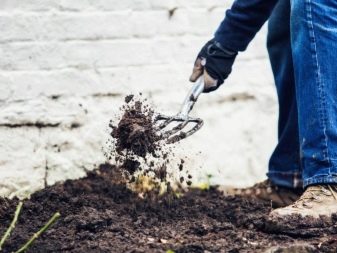
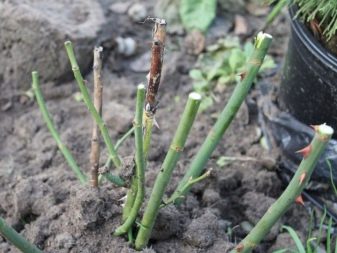
Sometimes it happens that the seedlings were purchased in the fall, but the weather does not improve in any way: it rains, then the cold lasts. There is a feeling that there is no place for planting work this season. You shouldn't be upset. Before the onset of spring, it is necessary to dig the culture into a trench or greenhouse to a depth of 40 centimeters. Before the onset of cold weather, it is better to cover the roses with peat or branches of needles, and then sketch on top of the snow. There is another option - sending the bushes to the cellar and storage at 0 degrees.


Both methods are good for safekeeping. And with the onset of warmth, you can land according to all standards.
Planting roses in the autumn has its own nuances. But if all the subtleties are observed, it will turn out to be better than the spring one. Its advantage is that your roses will grow much earlier, bloom, and delight with their beauty more than the bushes planted since the beginning of spring.
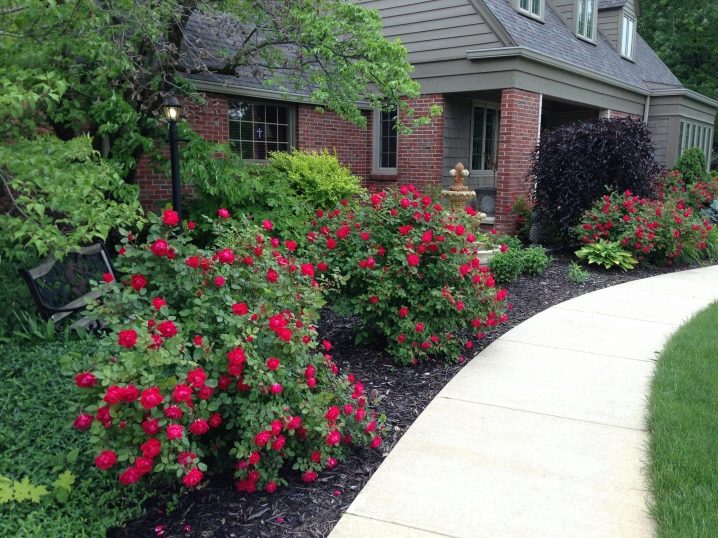

































































































The comment was sent successfully.